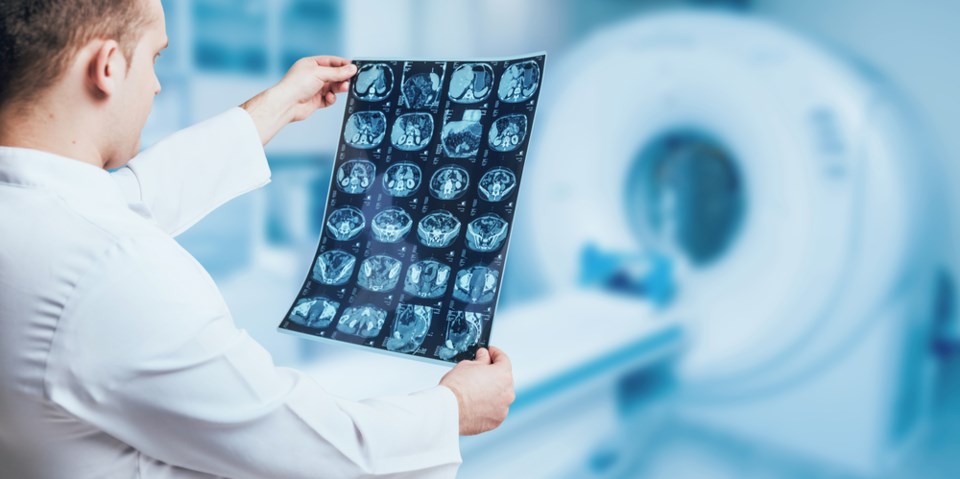Serious concerns are growing about how the spread of the coronavirus could affect the functionality and effectiveness of hospital systems, especially now that the US has the highest number of confirmed cases in the world, according to Johns Hopkins University of Medicine.
One of the biggest challenges for hospitals is preventing the spread of the virus to medical professionals without reducing staff to the point of patient overload. A Plano medical imaging company may have provided one piece of this pandemic puzzle for radiology departments in hospitals across the Dallas-Fort Worth area and beyond.
“When the corona outbreak happened and we realized the situation was going to be pretty dire, we said how can we protect doctors and continue to deliver patient care and also be available to our referring physicians should they have any questions for the radiologist,” says Dhruv Chopra, the chief executive officer of Collaborative Imaging of Plano.
Collaborative Imaging has implemented a remote radiology reporting and communicating system that allows doctors to view images of patients and make their diagnoses from remote location through a phone app for 42 hospitals across DFW. The system is designed to not only keep doctors in touch with radiology specialists to make medical diagnoses without exposing themselves to potential viral infections but could also provide relief to physicians across the country.
“Now what we’re trying to do since we want to limit exposures, we need to come up with a different solution whereby the referring physicians with a touch of their phone could be immediately conferenced to a radiologist and be able to view the images on their phone in real time just like they would be with the radiologist and have the same benefit they would have had if they just walked into the reading room,” Chopra says. “So as soon as things started to break maybe about the January time frame, we started putting this process in place to get ready for the coronavirus outbreak in the U.S.”
The new location based system provides a mobile teleconferencing system between a radiologist and a physician so doctors can access X-rays and other radiology images without risking infection by being in the radiologist’s reading room. Doctors can also make diagnoses and reports that can be accessed and transferred on a mobile device and connect to hospitals’ pictorial archiving and communication systems (PACS). Collaborative Imaging’s system has been used mostly to assess injuries from falls and household accidents that still show up in emergency rooms in the wake of a viral pandemic.
Chopra says the system also had to offer strong protections to comply with laws set by the Health Insurance Portability and Accountability Act (HIPAA).
“It’s one thing to be able to get the images,” Chopra says. “It’s another to make sure the images are getting protection and complying with HIPAA and that you have proper firewalls in place. The last thing we want is a hack or malware to get into the networks.”
The system can also help prevent doctors from getting burned out as hospitals fill up with patients. An executive order signed by Texas Gov. Greg Abbott on Sunday ordered all Texas hospitals to suspend any elective procedures. Vice President Mike Pence announced on Wednesday, March 18 that doctors would be allowed to practice in states where they are not licensed to help alleviate medical demands.
Chopra says his company’s mobile teleconferencing system has access to 500 doctors in a variety of specialities across the country who can step in and help at a moment’s notice.
“We can route studies among everybody,” Chopra says. “If Texas is getting slammed for whatever reason and Pennsylvania isn’t, we can automatically re-route studies to have Pennsylvania cover them and vice versa. That’s the beauty of what we’ve created with this network that we have is we literally can load balance if you will and bring all resources to bear and have everybody reading and knocking out the studies as they are coming in and staying on top of that.”
So far, Chopra says the mobile radiology system has been able to streamline the review and filing process for medical images down to 8 minutes instead of the usual hour that’s been the hospital industry’s standard.
“Overall patient care is going to improved as well as a result of this,” Chopra says.




